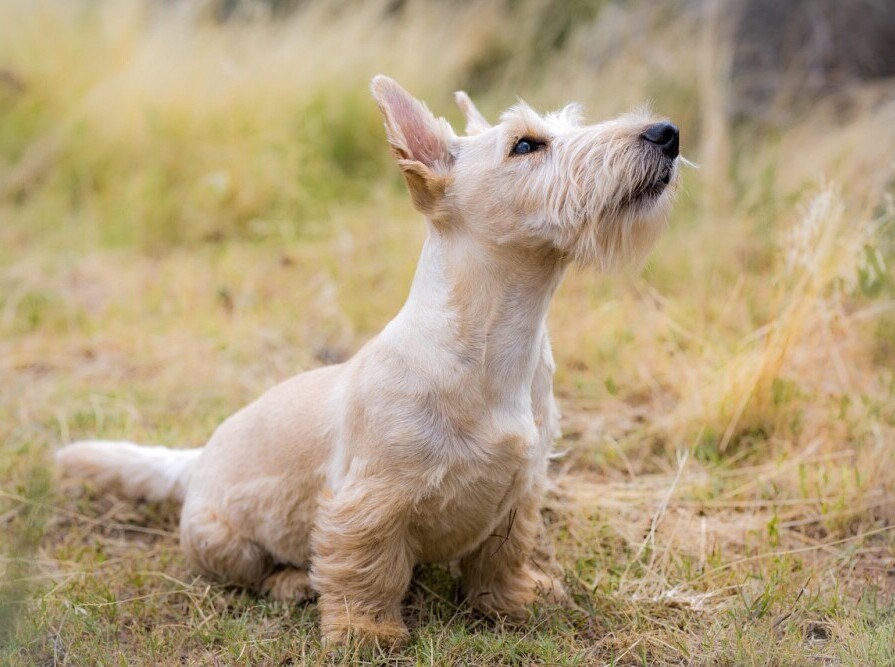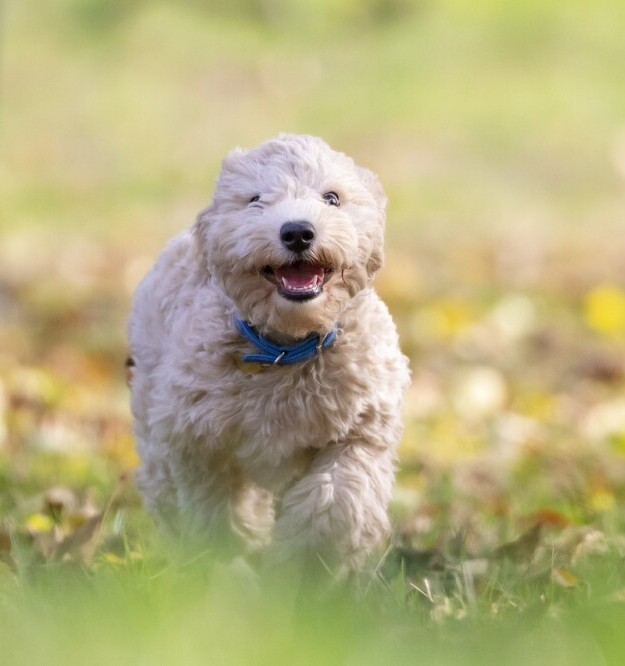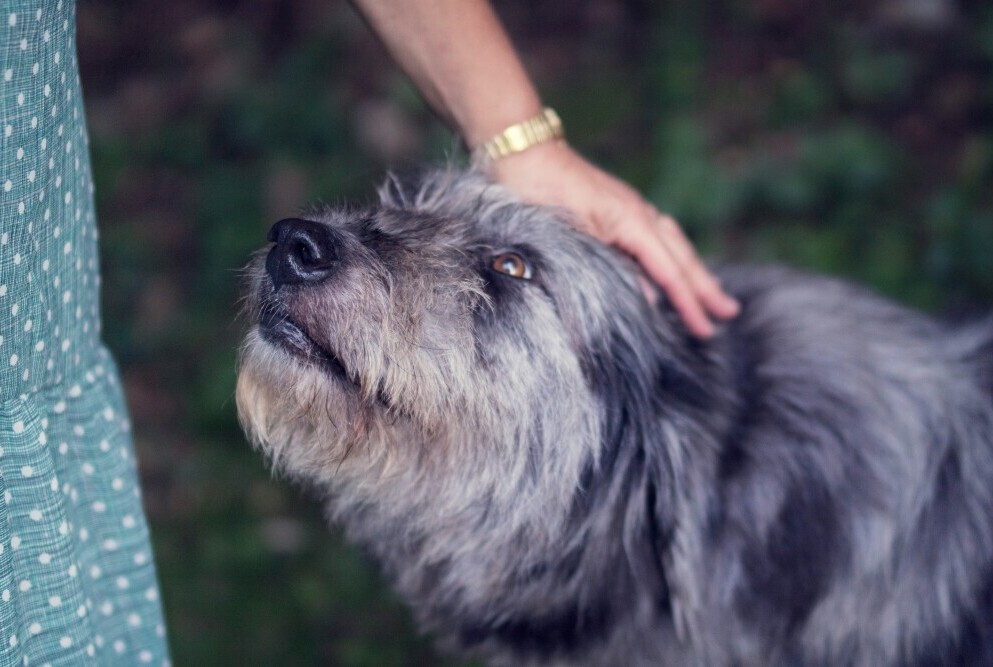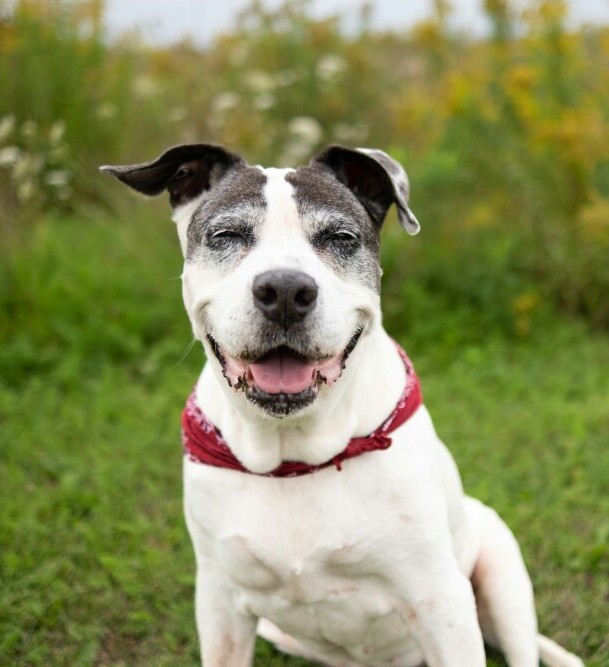
A few of the links in this post are affiliate links. If you buy something, we may earn a small commission (no extra bones from your wallet 🐾). Thanks for helping support the site and all of the dog adventures!
As your dog enters its golden years, things start to change. You might notice them moving a bit slower or taking longer naps. It’s part of the natural aging process. With a little insight, you can help them navigate this new chapter comfortably. And we want to help your do this with a few tips on how to make your home a good fit for your senior dog.
Senior dogs can face a bunch of health concerns. Arthritis creeps in, making it tougher for them to jump around like they used to. Their vision might not be as sharp, and hearing could diminish. Keeping a close eye on their health helps catch stuff early, so they can still enjoy wagging tails and happy days. So help them out by making their home work for them.
You might spot some behavior changes too. A senior dog could become more anxious or even less interested in play. It’s not because they’re grumpy. They’re just adjusting to their new pace of life. Some senior dogs might get a bit clingier, seeking extra comfort from their favorite person: you. So you need to be there to provide the most comfortable environment possible them.
Adapting your home doesn’t just make life easier for your dog; it’s a part of keeping their spirits high. By understanding the changes happening in your pup, you’re setting them up for happier years ahead. Embrace the changes, welcome the wisdom of old age, and you’re onto a winning streak with your furry friend!
Home adjustments are key to comfort in old age. See the full picture in Complete Guide to Caring for Senior Dogs.

Making Your Home Senior-Dog Friendly
When setting up a cozy place for your senior dog, start by picking the right spots at home. Look for areas where they already spend lots of time and make them even more inviting. A quiet corner away from the hustle and bustle is often a good pick, offering a peaceful retreat for those cherished naps. Make sure it’s an easy spot to get to, so they don’t have to struggle getting there.
Comfort and safety go hand in hand. Consider adding non-slip rugs to prevent slips and falls, a common risk as dogs become less sure-footed. Swapping out high beds or couches for ones closer to the ground can make a huge difference in reducing jumping and its associated strain. Make it easier on their joints by not having them jump onto furniture or run up the stairs.
Think about modifying living spaces to prevent potential accidents. If your senior buddy struggles with stairs, gates can block access and avoid mishaps. And for those smooth floors, adding carpet runners can create safe paths to follow throughout the house. Keep them away from any areas that might be a little more dangerous for an aging dog.
The choice of materials and furniture matters too. Durable and easy-to-clean options are a win-win. For bedding, go with orthopedic support that eases joint pain, making every rest more refreshing. The goal is to create an environment where your senior dog feels secure and comfy, making every day a little brighter for them.
Mobility, safety, and comfort are part of senior wellness. Explore more in our Dog Health and Wellness Guide.

Helping Your Senior Dog at Home
Supporting your senior dog doesn’t just stop at making the house comfy. It’s about aiding their mobility too. Installing gentle ramps or steps around the house can make a world of difference, especially for getting in and out of the car or reaching their favorite spots on the couch. Perhaps you can even move your things around to accommodate them.
Creating a stable routine is essential. Older dogs thrive on consistency. Regular meal times, walks, and bedtime routines give them a sense of security. When they know what to expect, it lowers stress and keeps them relaxed. They want a predicable day, they are too old for surprises!
Engaging their mind is just as crucial as caring for their body. Simple games or interactive toys can stimulate their cognitive health. It doesn’t have to be anything fancy. Even a new type of treat puzzle can keep them sharp and entertained. Give them something that will have to think about, and the mental stimulation they get from this will do them good.
Never forget about hydration and nutrition. Offer fresh water throughout the day and consider foods that cater to their changing dietary needs. Senior dogs often require a bit more TLC in their diet to keep them at their best. By attending to these aspects, you’re contributing to a happier, healthier life at home for your old buddy.
Diet changes can make life easier for aging dogs. Learn how in Dog Nutrition 101: Feeding for Every Life Stage.

Essential Products and Resources for Senior Dogs
Choosing the right products can hugely improve your senior dog’s quality of life. A good place to start is with an orthopedic bed, offering the joint support they need for those extra-long snoozes. It’s not just about comfort; it’s about easing those aches and pains that come with age. And these beds are designed to do just that.
When it comes to meals, think nutritious and balanced. Senior dogs often need a special diet, rich in the nutrients that support their aging bodies. Discuss with your vet about potential dietary supplements that can be added for extra benefit. Most major dog brands offer a senior dog blend.
Grooming might require more attention as well. A gentle brush suited for sensitive skin and a routine grooming schedule can help manage shedding and keep their coat looking great. It also gives you a chance to check for any lumps or bumps that might need a vet’s attention.
If your dog is struggling with joint problems or arthritis, then they may take advantage of supplements to help. These supplements may be found in senior dog food, so check your dog’s food label. If not, then you can add these supplements to their diet to ensure they are getting what they need for stronger joints and bones.
Welcome to the tech side of dog care—today’s pet-friendly gadgets offer fantastic help. Pet cameras allow you to keep an eye on your furry pal when you’re out. Some apps even track their activity levels, giving you insights to stay on top of their health.
With the right tools and resources, daily life gets a little easier for both you and your dog. It’s about ensuring every moment is comfortable and full of wagging tails, no matter how old they get.
Older dogs sometimes show new behavior challenges. Find solutions in Common Dog Behavior Problems and How to Fix Them.
